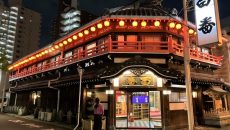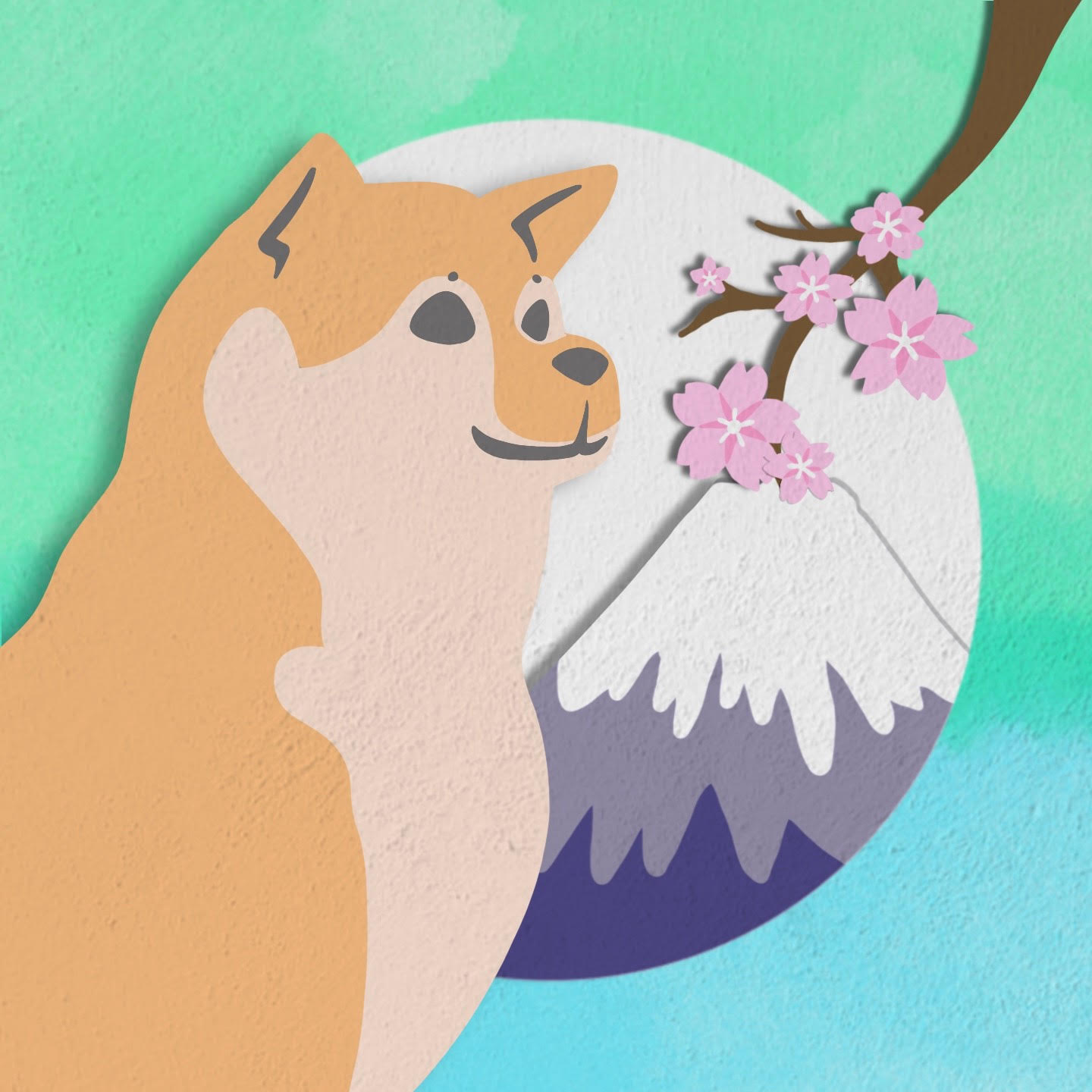An introduction to the top ten recommended Japanese haute cuisine selections.
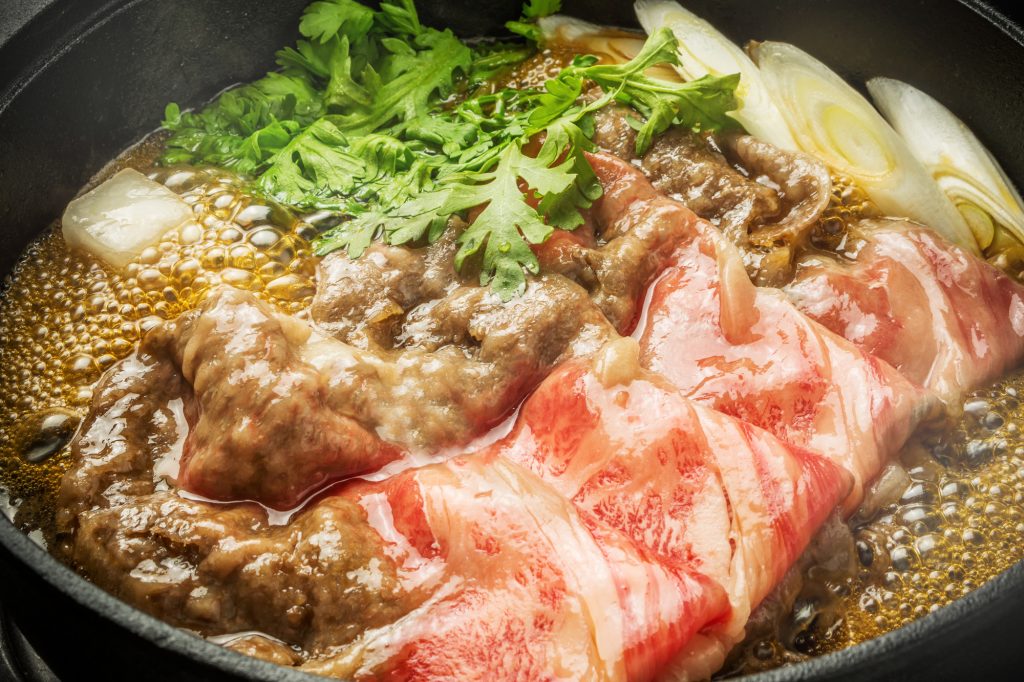
There is a lot more to Japanese food than just sushi. Although there are different perspectives regarding exactly when sushi made its debut outside Japan, many trace this milestone to the opening of a small restaurant in Los Angeles in the late 1960s. It was, however, not until the 1980s when sushi bars exploded around the world as a healthy and tasty Japanese snack, lunch, or dinner. Now outside Japan sushi is, essentially, synonymous with Japanese food. But isn’t there more to Japanese cuisine? Well, yes there is.
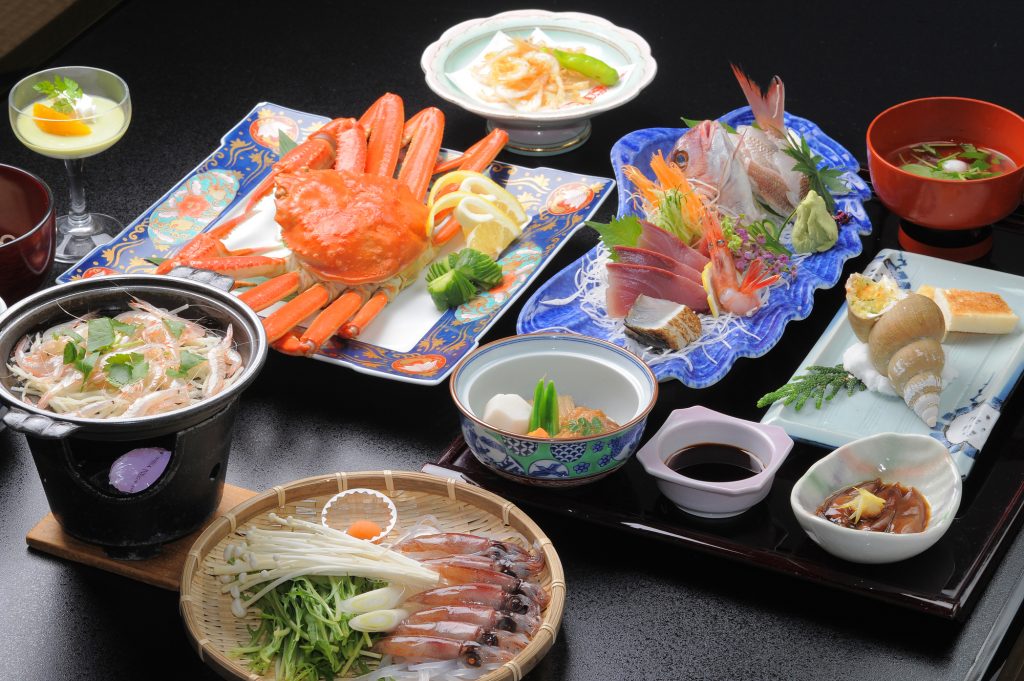
As any visitor to Japan can tell, sushi is just the tip of the iceberg when it comes to a wide variety of Japanese cuisine. A good way to describe Japanese cooking is with the Japanese term “pin-kiri” (ピンキリ) which roughly translates to “wide range.” There is, in fact, so much variety that we will introduce two “top ten” lists by focusing on the top ten types of Japanese food at both the high- and low-end of the price spectrum. See Part 2 of 2 for meals on a budget.
Top Ten When Money is No Object
1. Kaiseki Ryori (懐石料理) or a Multi-Course Traditional Meal
When Japanese travelers splurge on an up-scale hot spring resort they go not just to soak in the relaxing baths but to sample regional delicacies served at a snail’s pace—sometimes for more than two hours–in the style of how nobles from hundreds of years ago probably ate. This type of lunch or dinner typically consists of seven to nine (and sometimes more) courses of small dishes. They are prepared not only to dazzle the taste buds but also to be a literal work of art. Each small portion is served on a unique piece of pottery, lacquerware, or piece of woven bamboo.
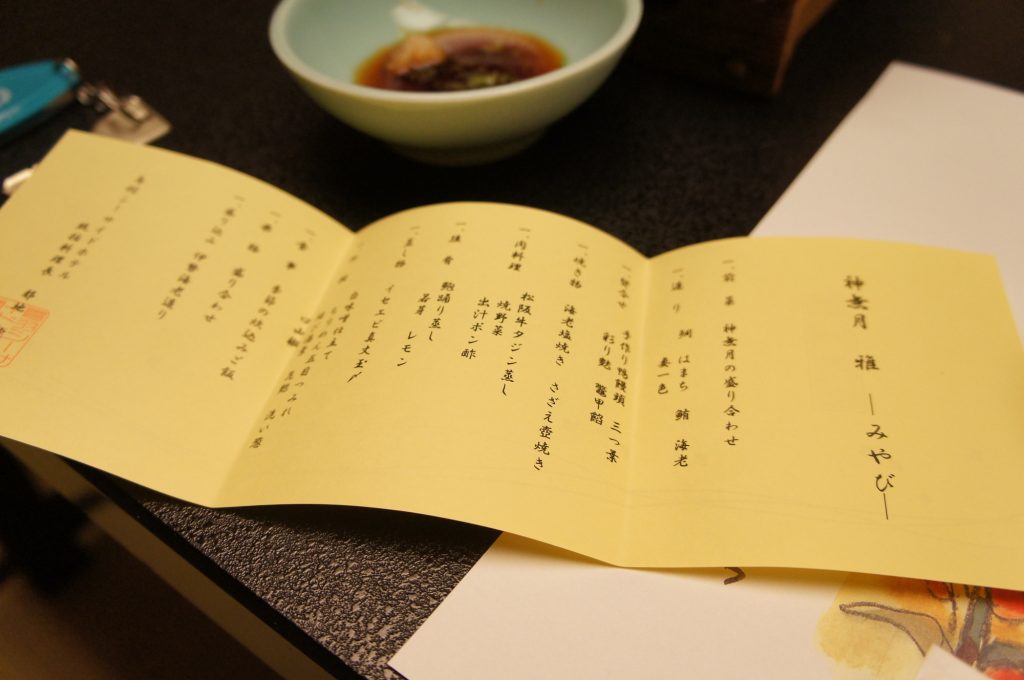
The menu often changes daily depending upon the availability of fresh ingredients on that day and is typically printed on a piece of washi Japanese paper. Each course is listed from top to bottom, right to left in the traditional way of writing. While there may be a great variety in between, the first course tends to be relatively light with a focus on vegetables. It is, generally, served with an aperitif that can be augmented with other types of alcohol or non-alcoholic beverages. Raw fish served as sashimi (small pieces of fresh fish without the rice like sushi) usually comes next followed by separate courses of fish which may be boiled, grilled, or steamed. If meat is on the menu, then one can expect small, bite-sized portions of slightly grilled steak and vegetables, and it is not uncommon to grill one’s meal right at the table with a mini Sterno grill.
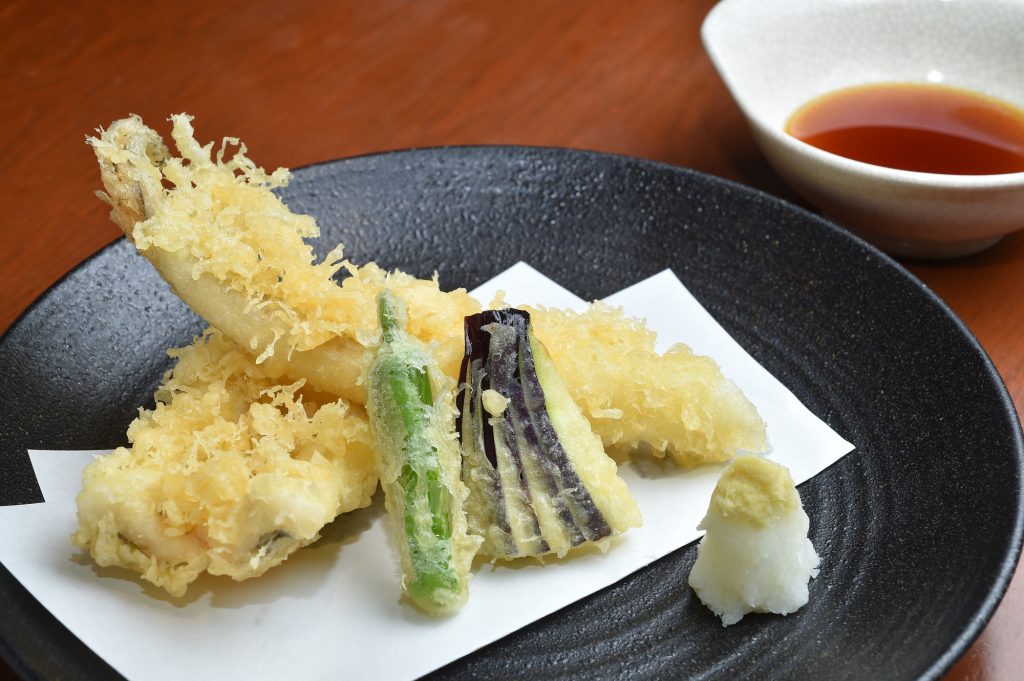
There may be a separate course of fried tempura fish and vegetables. When either rice or noodles are served, it is a sign that you’re heading into the home stretch, although you’ll know for sure when the dessert comes out. Do not, though, expect a huge ice cream sundae. You may be presented with a single scoop of green tea flavored matcha ice cream or just a few pieces of fruit for dessert. Kaiseki Ryori is meant to be eaten slowly to accompany private conversation. Thus, most restaurants serve such meals in small private rooms, and if you try this food at a hot spring resort, you may even be served in your room. You can find this type of meal at restaurants called kappo (割烹) or ryotei (旅亭).
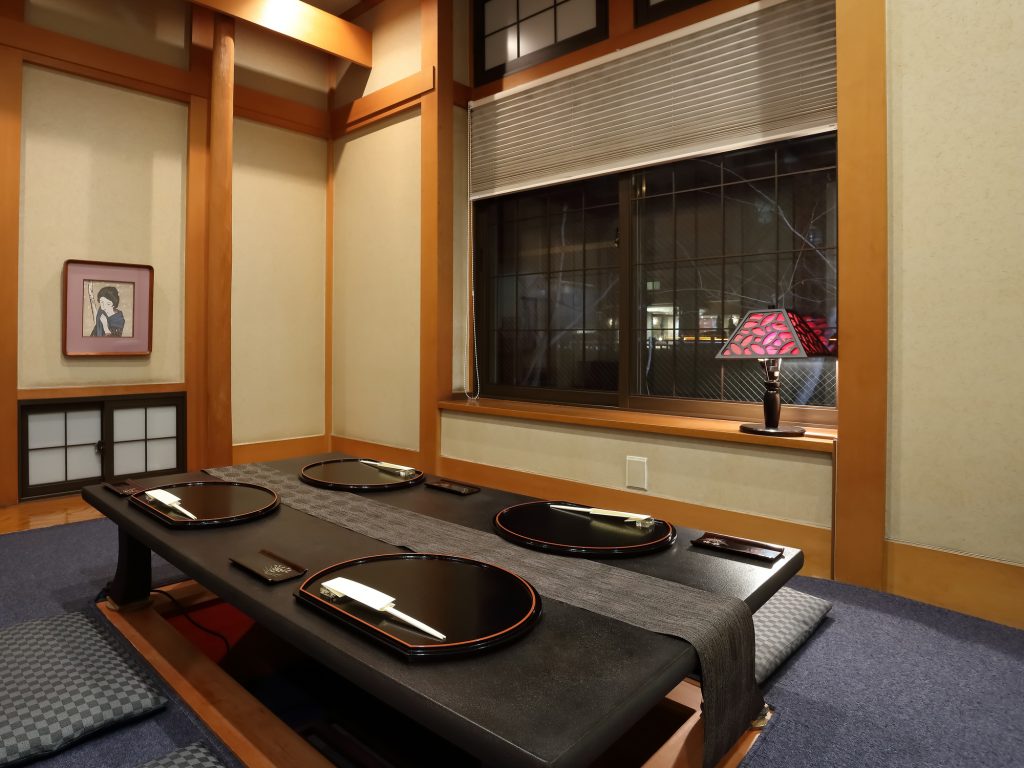
Each meal tends to be prix fixe, but sometimes there are three price levels from which to choose, including the highest priced sho (pine, 松) course, mid-range chiku (bamboo, 竹) meal, or relatively low priced bai (plum, 梅) dinner. Prices are all over the map, but a reasonable range would be from 5,000 Japanese yen (JPY)/person on the low end to 15,000 JPY/person on the high end. Depending upon the location, there are, however, much more expensive options. A good value-for-money approach would be to sample kaiseki ryori while staying at a hot spring. The bottom line is that, yes, this type of food is not cheap. Still, it is well worth it to splurge a little on the refined experience of taking your time to eat a traditional meal where every course is unquestionably Instagrammable and will delight your taste buds.
2. Sushi (寿司)
Well, let’s get this one checked-off right away. Having tried it abroad, you’re already an expert regarding sushi, right? Well, wrong. Real sushi in Japan does not consist of “spider rolls” drenched in mayonnaise, and it’s even difficult to find a California roll which was developed in the U.S. While there are certainly budget options like “conveyor belt sushi” (see Part 2), to fully experience an outstanding meal of sushi like the kind featured in the movie Jiro Dreams of Sushi, you have to commit to going to a real sushi bar where just a few patrons at a time are seated at a wooden table right in front of the sushi chefs.
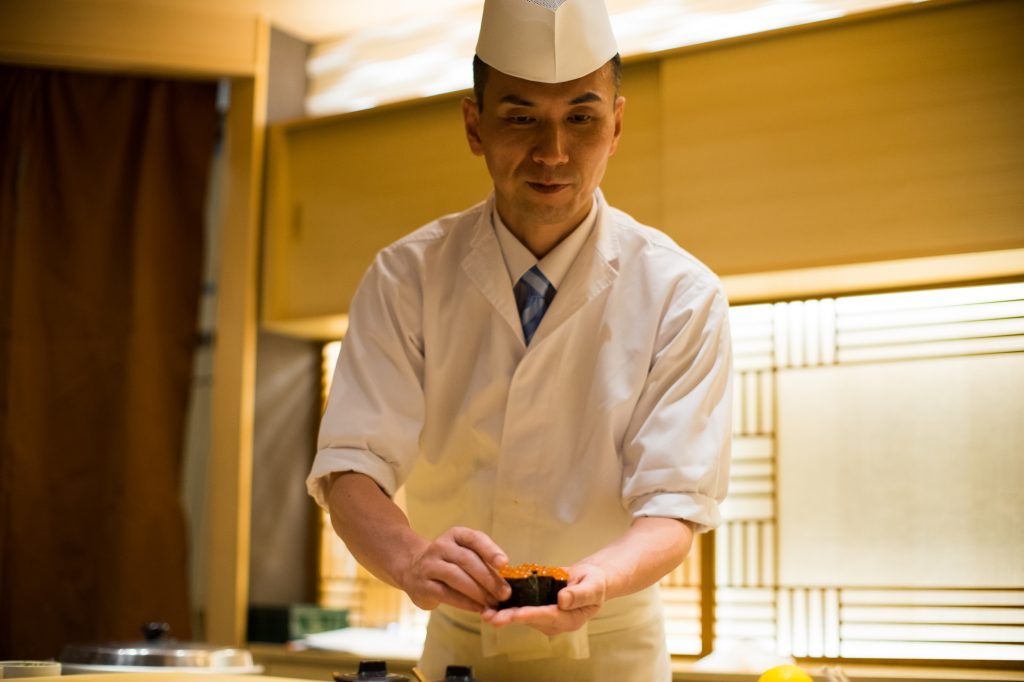
While you can always take the easy route and simply ask the sushi chef for his (I have never seen a female sushi chef) recommendations, it is fun to order just a little at a time. The sushi chef will let you know about the day’s specials. You can either use chopsticks or simply use your fingers to eat sushi. Do not drench the rice in soy sauce. Instead, turn over each piece, lightly coat the surface of the fish in soy sauce, and then pop the whole thing in your mouth. Take your time; There is no rush!
You may be asked whether you want the sushi chef to include wasabi, a pungent condiment that is dabbed on the rice under the fish. If it is too spicy for you, you can request “sabi-nuki” or “without wasabi.” If you like, you can use the slivers of cut ginger to clean your palette in between the different types of sushi. A particular favorite is toro or tuna meat from the fatty part of the tuna’s stomach. It will literally melt in your mouth. Depending upon the amount of alcohol that you consume along with your sushi, the bill could vary dramatically. To be on the safe side, plan on spending at least 10,000 JPY/person for a genuine experience.

3. Ikesu Ryori (いけす料理)
Japanese people consume the most seafood per capita, and Japan is home to the world’s largest fish market called Tsukiji (now moved to Toyosu) in Tokyo where owners of restaurants can procure live fish. To ensure that their patrons are provided with the freshest fish possible, many restaurants feature a huge tank or ikesu in Japanese where the day’s catch can be stored temporarily. It is literally like having a mini aquarium inside the restaurant.
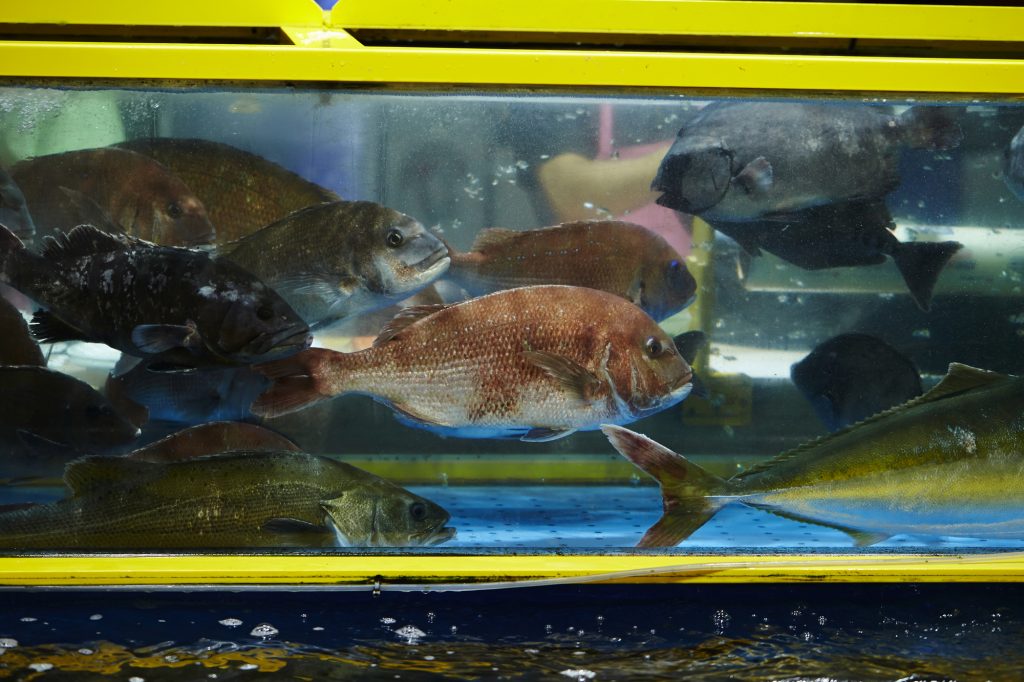
While the chef may choose for you, at some ikesu ryori restaurants, each patron is expected to peer over the edge of the tank and request a specific fish before it is scooped out of the tank with a large net. Some of these places even provide tank-side seating so you can watch all of the fish that are oblivious to their fate swim right on by. Try ordering squid at least as a starter, as the same cuttlefish will make more than one appearance at your table. The translucent, color-changing squid will make its initial debut after having been cut into slivers but still retaining its shape and color, as it is, in fact, still alive. Thus, you will be eating it alive. (This type of meal brings home the phrase “death by a thousand cuts.”)
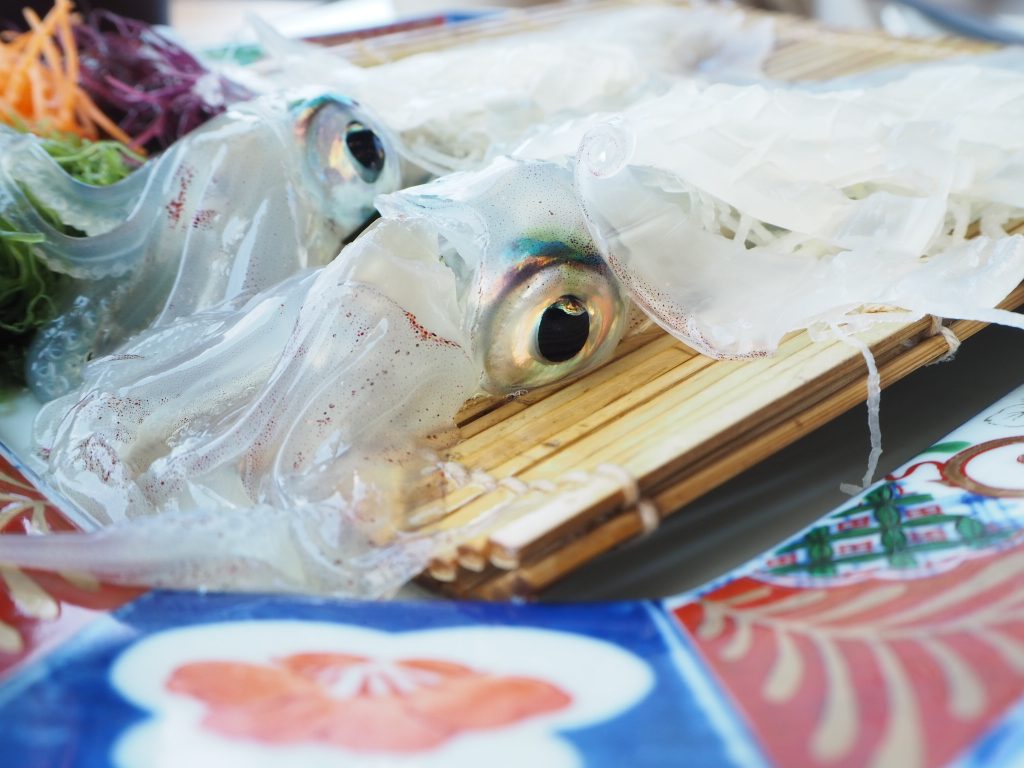
While this may be considered by most to be cruel, try pouring some soy sauce on some of the tentacles. They don’t like that and will attempt to attack your chopsticks. When you’re done playing with your food, order the next course which involves transforming what is left of your raw squid into tasty calamari. While it may seem somewhat counter-intuitive, live seafood like the kind that is only one step away from being bait tends to be more expensive than just regular cooked fish. Along with drinks, it would be wise to plan on spending at least 8,000 JPY/person at such an establishment. I know, I know, that sure is expensive bait, but you know for certain that it will be very fresh!
4. Fugu (ふぐ)
The ultimate meal of fish in Japan is, of course, fugu. This small, seemingly innocuous pufferfish (sometimes called “blowfish”) is revered for its exceptional taste but has poisonous venom concentrated in its blood and internal organs. If consumed, the poison will relax your muscles to the point that you will eventually stop breathing and die, and there is no known antidote for the fugu’s poison. It is, in fact, so potent that a special license is required for all fugu chefs to ensure that they have been properly trained to prepare this potentially deadly dish. Members of the Imperial Family are, apparently, prohibited from eating it. Thus, filleting fugu is truly a situation where the warning “do not try this at home” should be taken literally. As long as a trained professional prepares your meal of fugu, there is, however, no reason to fear and no real concern for one’s personal safety.
You can read all about the special experience of dining on fugu by visiting my previous article below:

Okay! Enough with all of the fish; Where’s the beef?
5. Teppan Yaki (鉄板焼き)
How about some grilled steak, fish, and vegetables prepared on a piping hot, flat grill top right in front of your seat? Many Americans will recognize elements of the teppanyaki experience if they have eaten at the popular Benihana chain. Benihana was popularized by the larger-than-life personality Rocky Aoki in the 1960s. While the showmanship of Benihana features chefs who cut up and grill small chunks of beef while juggling razor-sharp knives, teppanyaki in Japan is a much more subdued affair that usually involves very expensive wagyu beef (和牛).
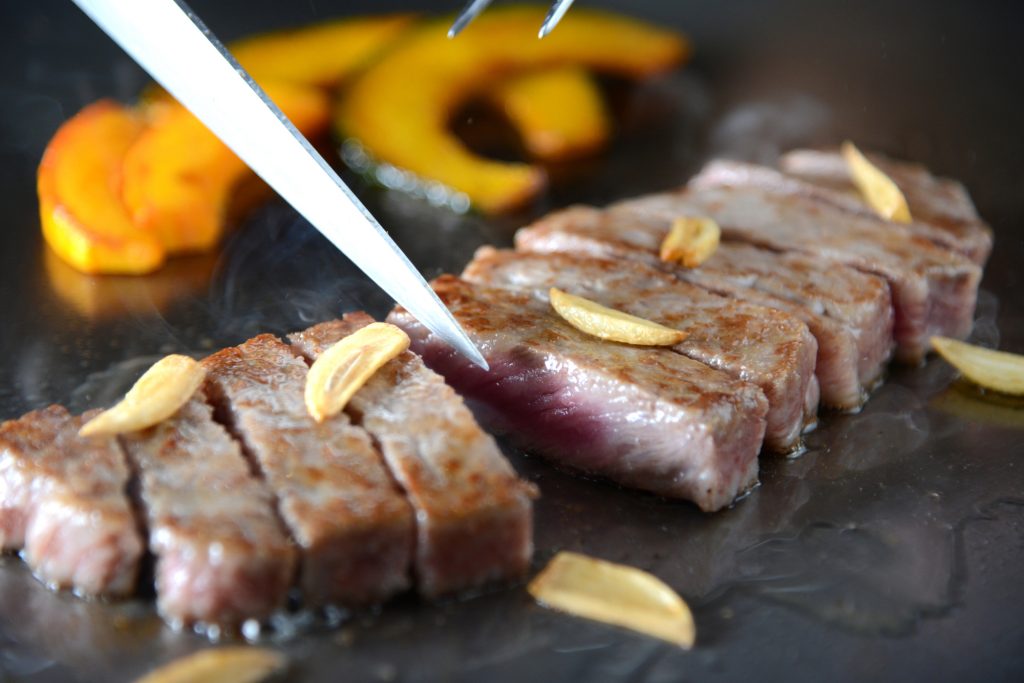
This beef is sourced from a limited number of regions where the cows are treated like royalty with daily back massages and meals that are literally washed down with beer all in an attempt to fatten them up before meeting their maker. As you can imagine, all of this “tender” loving care does not come cheap, and, as a result, you can expect to pay a premium for this type of meal which is normally reserved for people with generous expense accounts. Like kaiseki ryori, teppan yaki is typically served as a prix fixe menu.
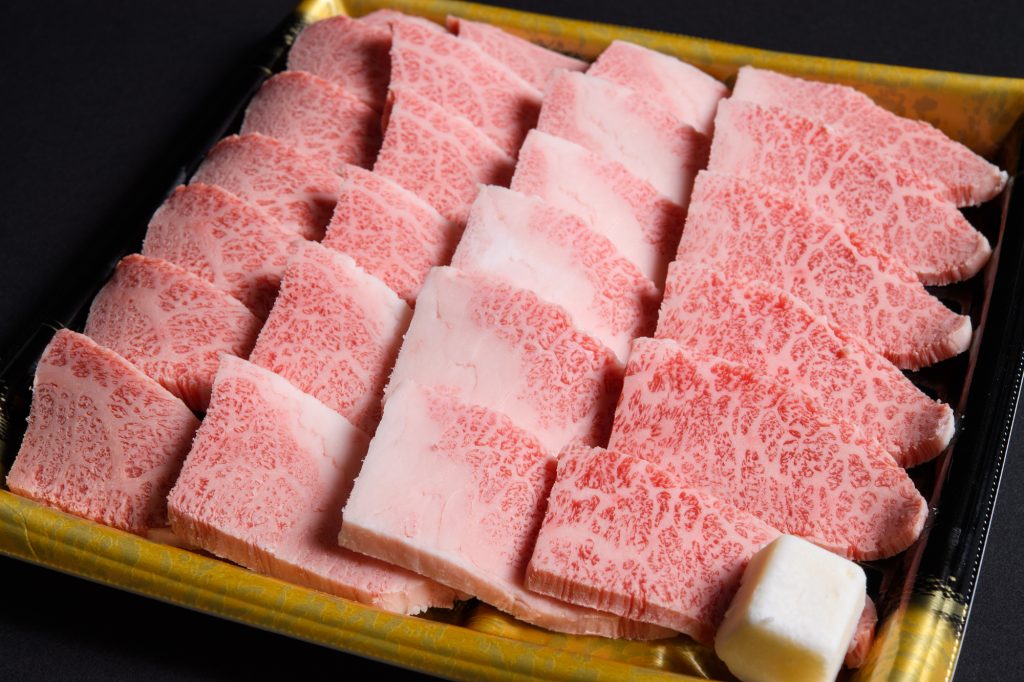
At the low end prices generally start at about 10,000 JPY/person, but it would be best to plan to spend at least 15,000 JPY/person. Don’t forget, though, that this type of meal tends to be a little salty which will encourage you to order plenty of drinks. Thus, at the end of the meal you may find that the bill has been inflated beyond your initial expectations.
6. Sukiyaki (すき焼き)
One of the oldest restaurants in Tokyo and one of the first to serve beef, Imahan is located in the area called Ningyocho. Imahan specializes in sukiyaki, a slow-cooked, shallow iron hot pot of wagyu beef and vegetables in a mixture of soy sauce, sugar, and a traditional rice wine called mirin. While there are many restaurants at which to try this dish, one of the Imahan branches would be an excellent place to start. The wagyu will be sliced but still raw when it arrives at the table ready for you to go to work. The meat will appear red with white layers of marbled fat. The more marbling there is, the more expensive the cut of meat.

Did I say that the broth includes sugar? Well, there is a lot of it. Some places even serve sukiyaki together with cotton candy which is instantly dissolved into the broth right in front of your eyes. Thus, while sukiyaki tastes great, it is not a low-calorie proposition. The wagyu will, however, literally melt in your mouth. A typical sukiyaki meal will be served with rice and often with a raw egg in which you dip the contents of the hot pot. While I would certainly not eat a raw egg outside Japan, it is safe to do so at a sukiyaki restaurant in Japan. While lunch generally tends to be much cheaper, a budget of approximately 10,000 JPY/person would not be all that unusual for a typical sukiyaki dinner.
7. Shabu-Shabu (しゃぶしゃぶ)
Okay! I admit it. Any meal called “shabu-shabu” just sounds like it is going to be good! It does not disappoint, and shabu shabu tends to be a little healthier than sukiyaki. Shabu-shabu is beef fondue that is dipped into a boiling hot water-based broth right at the table. The intention is for you to use your chopsticks or a set of communal chopsticks to swish back-and-forth each thinly sliced piece of beef for only a few seconds. The onomatopoeic word “shabu-shabu” literally means the sound of swishing through water.
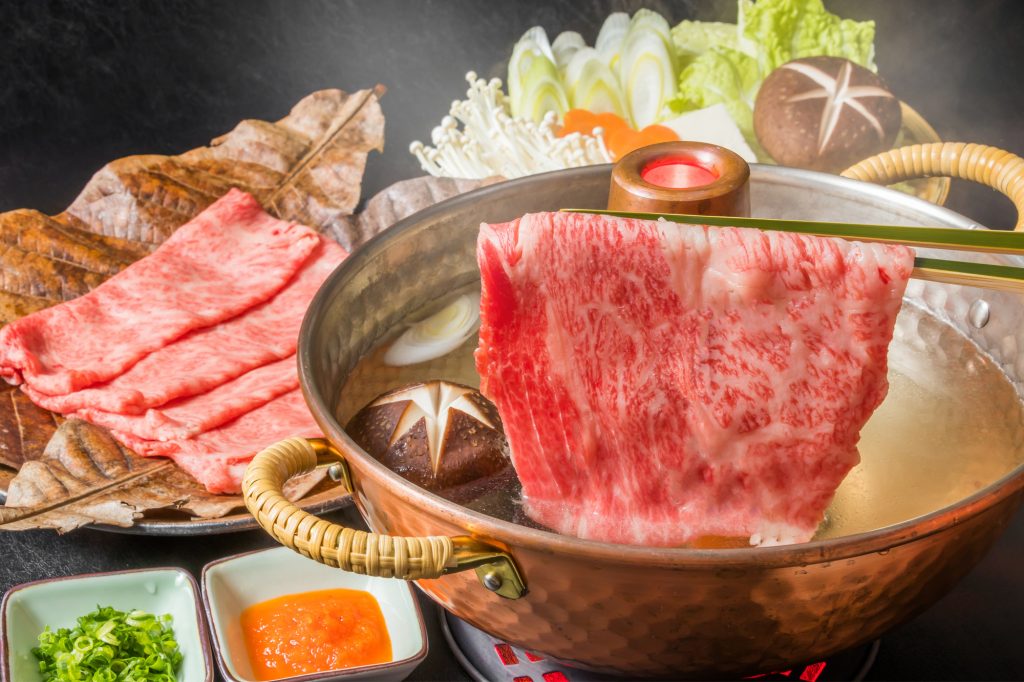
Shabu-shabu is fun to eat, can be prepared at your own pace, and, generally, won’t fill you up as much as sukiyaki. The cost of shabu-shabu varies greatly, but it is, in general, about the same expense as a sukiyaki meal. There now are, however, budget chains where you can order more than enough food for as little as 3,000 JPY/person.
8. Robata Yaki (炉端焼き)
This is basically a Japanese barbecue cooked in a sunken charcoal grill called an irori right next to your seat. It originated in Hokkaido which is in the far north. Beef, fish, and vegetables are standard fare, and you can order a la carte. Fresh ingredients are often on display nearby which makes it easy to figure out what to order.
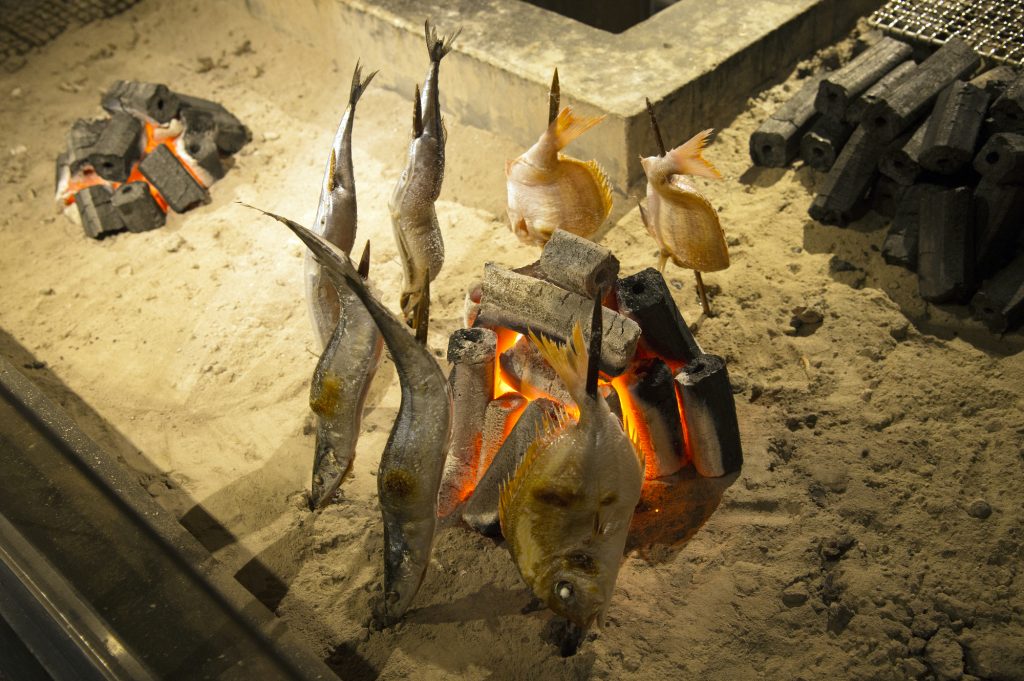
A good starter is yaki-tori or grilled chicken. Sometimes each dish is served on a long paddle (long enough to use to paddle a canoe), and the restaurant patron is asked to remove their order from the end of the paddle along with much banter by the cook. Be prepared to be engaged in the action throughout the meal. These places are a lot of fun, but you can rack up a pretty large bill quite easily. At a minimum plan to spend about 5,000 JPY/person.
9. Kushi Katsu aka Kushi-age (串カツや串揚げ)
Another fun meal that is often eaten at a bar surrounding a central kitchen is deep-fried skewered meat and vegetables called kushi katsu, which translates to skewered deep-fried cutlet of meat. The skewers are usually made of bamboo, and the best places to try this type of meal are restaurants that specialize in this style of cooking. Most offer a wide variety of options besides beef, including just about every part of a chicken such as a breast and thigh meat, skin, cartilage, and gizzard. You can also find skewered pork, cartilage, seafood, and even Japanese quail eggs prepared the same way. Prices vary widely, but it would be wise to plan to spend at least 5,000 JPY/person on a night out for kushi katsu.
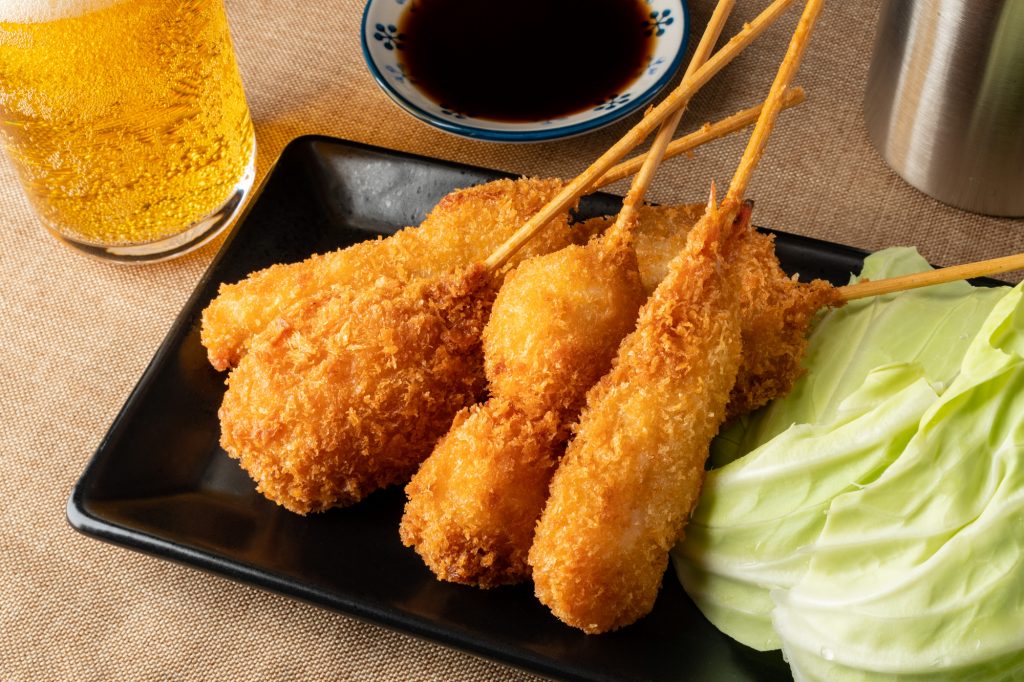
10. Basashi (馬刺し):
Not everyone is bound to go for the final premium-priced option. Yet, “don’t knock it ‘till you try it” is all that I can say! I’m talking about basashi or raw horse meat.
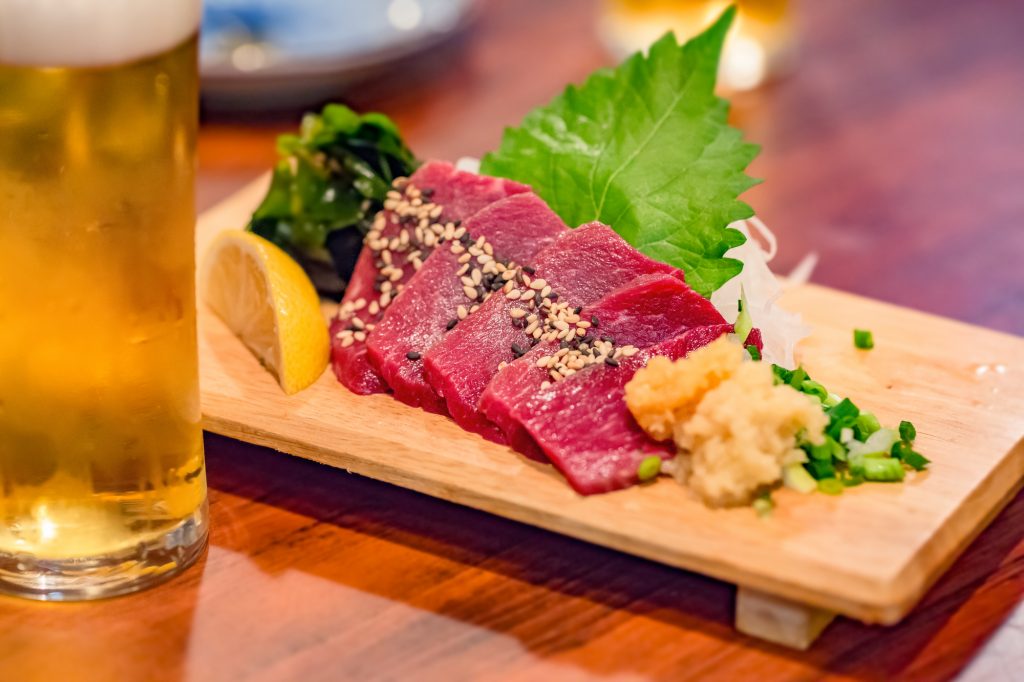
I once was simply told “Surprise me” during a night out to dinner in Tokyo with a colleague from the U.S. who had just flown into town that evening. It was his first time to Japan, and he was eager to try the most unusual things on the menu, which, of course, he could not read.
Satisfied that I had found a suitably exotic choice, I took that opportunity to order basashi but did not tell him what it was until after he had had a chance to give it a try. He thought it was a type of raw fish, as basashi looks and tastes remarkably like sashimi. My colleague dutifully gave it a try and subsequently pronounced it “very tasty.” Just after he stuffed another large helping into his mouth, I told him that basashi is, in fact, raw horse meat. Well, he immediately spit out everything and screamed at me. Although I did not know it at the time, it turns out that this colleague was a life-long horse owner.
Conclusion
It is not an exaggeration to say that Japan has some of the best food in the world—combined with extremely high quality of the freshest ingredients, exceptional service, and in many cases, quite reasonable prices. While most people associate Japanese cuisine with sushi, there is a lot more to it. While this list is focused on the high end and features a diverse selection of indigenous haute cuisine, there are plenty of more budget-conscious options (see Part 2 from the link below).
Also, please realize that both lists are only just scratching the surface. Japan offers such a myriad of breakfast, lunch, and dinner selections that you could spend months trying something different each day of the year. At the very least, you will definitely not go hungry!
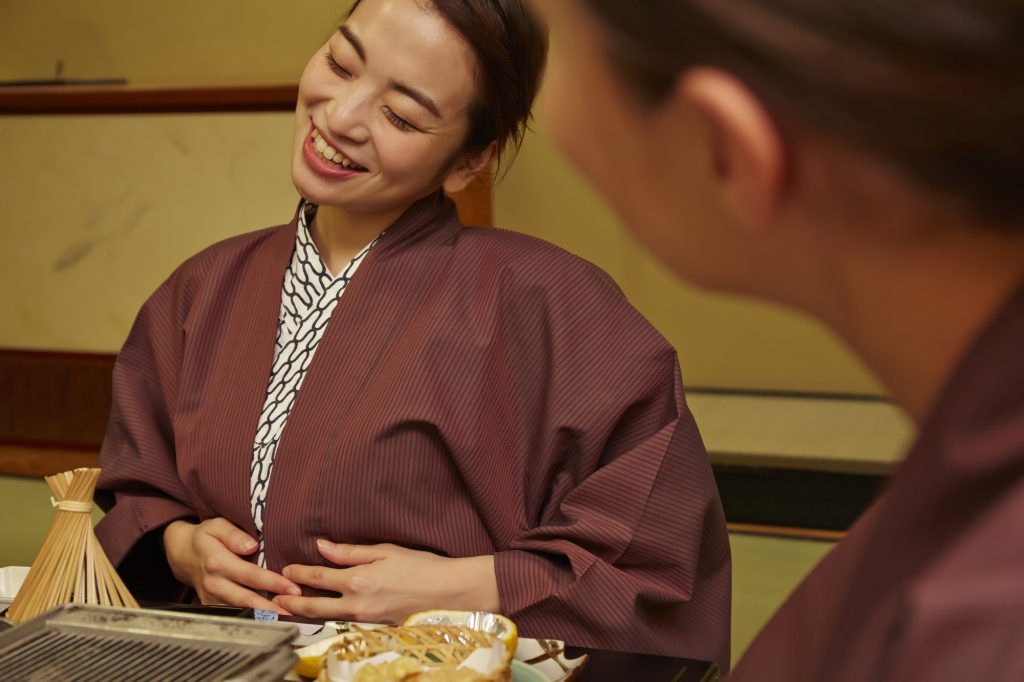
Related Articles
AI Girlfriends: Exploring the World of Virtual Companions
AI-generated girlfriends are growing popular on Japanese Twitter. Learn more about what they can do, and what it could mean for the future.
Discover Japan’s Top 10 Must-Visit Places
From stunning landscapes to bustling cities, Japan offers many unforgettable experiences. Here are Japan’s top 10 best places to visit!

